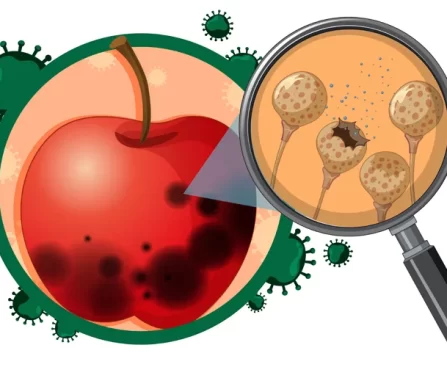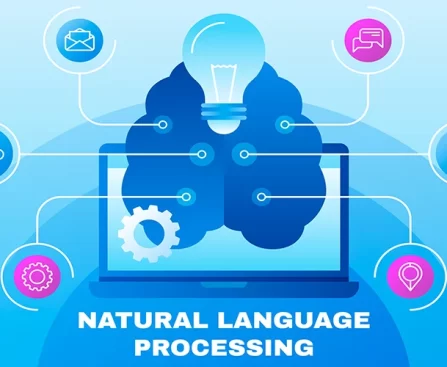Assistive Technology: Workplace Promoting Diversity and Inclusion refers to a wide range of tools, devices, software, and equipment designed to assist individuals with disabilities in their daily activities and tasks. The primary purpose of assistive technology is to enhance the quality of life, independence, and overall functioning of people with disabilities. These technologies can address […]
Meningitis: Types, Symptoms, Causes & Prevention, is an inflammation of the meninges, which are the protective membranes that cover the brain and spinal cord. These membranes consist of three layers: the pia mater, the arachnoid mater, and the dura mater. Meningitis is typically caused by an infection, most commonly by viruses or bacteria, but it […]
Quantum Internet: The Future of Ultra-Secure Communication, is a theoretical network that uses the principles of quantum mechanics to enable highly secure and advanced forms of communication and information processing. It is designed to transmit and process quantum information, which includes quantum bits or qubits, through quantum communication channels. History of Quantum Internet As of […]
Foodborne Diseases: Types, Symptoms, Causes & Prevention also known as foodborne illnesses or food poisoning, are health conditions caused by the consumption of food or beverages contaminated with harmful pathogens such as bacteria, viruses, parasites, or chemical substances. These contaminants can lead to various symptoms and illnesses when ingested. Foodborne diseases can range from mild […]
Fintech Technology: for Financial Technology, refers to the use of innovative technology and software to provide and improve financial services. It encompasses a wide range of activities, products, and services that leverage advancements in information technology to make financial transactions more efficient, convenient, and accessible. Fintech technology often disrupts traditional financial systems and institutions by […]
Packaged Foods: also known as processed foods, refer to food products that have undergone various manufacturing, processing, or packaging steps before reaching consumers. These foods are typically sold in pre-packaged containers, such as cans, boxes, bottles, bags, or other forms of packaging. Packaged foods can include a wide range of products, from simple items like […]
Digital Education: also known as online education or e-learning, refers to the use of digital technologies, primarily the internet and various electronic devices, to deliver educational content and facilitate learning. It encompasses a wide range of educational practices and methods that leverage digital tools and resources to enhance the teaching and learning experience. Digital education […]
Irritable Bowel Syndrome (IBS) is a common gastrointestinal disorder that affects the functioning of the digestive system. It is a chronic condition characterized by a group of symptoms related to the colon (large intestine) and can cause discomfort and disruption in a person’s daily life. IBS is a functional disorder, which means there is no […]
Nuts & Seeds for Brain & Heart Health, Are edible, small-sized, nutrient-rich foods that are typically derived from plants. They are often consumed for their nutritional value and can be eaten on their own or incorporated into a variety of dishes. Here are definitions for both nuts and seeds: Nuts: Nuts are hard-shelled fruits or […]
Natural Language Processing:(NLP) is a subfield of artificial intelligence (AI) and computational linguistics that focuses on the interaction between computers and human language. It involves the development of algorithms and models that enable machines to understand, interpret, and generate human language in a way that is both meaningful and useful. NLP aims to bridge the gap […]










